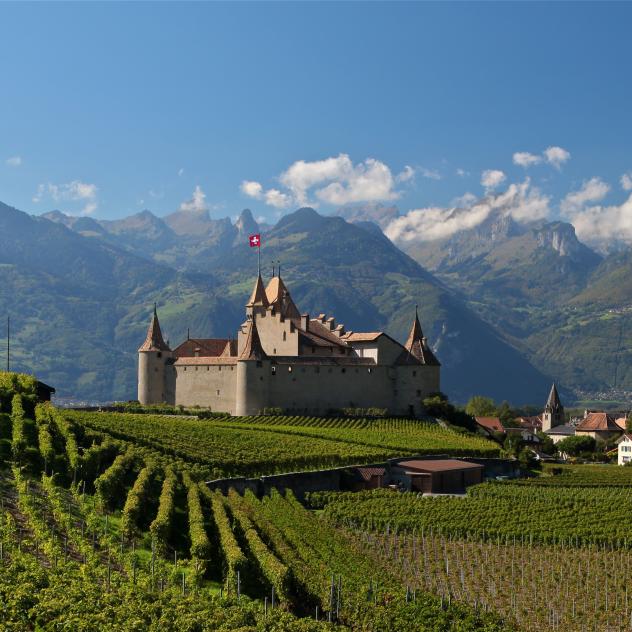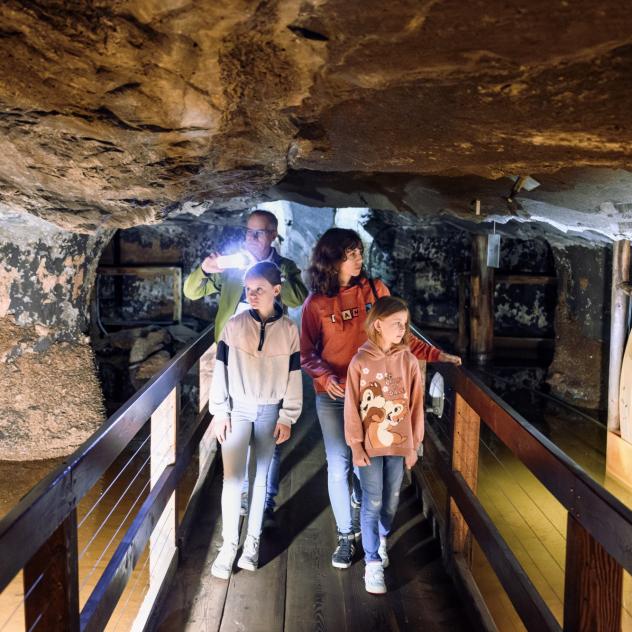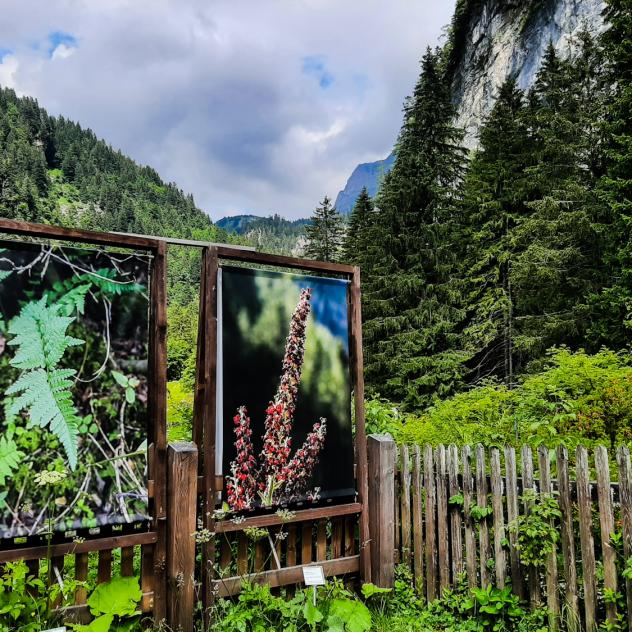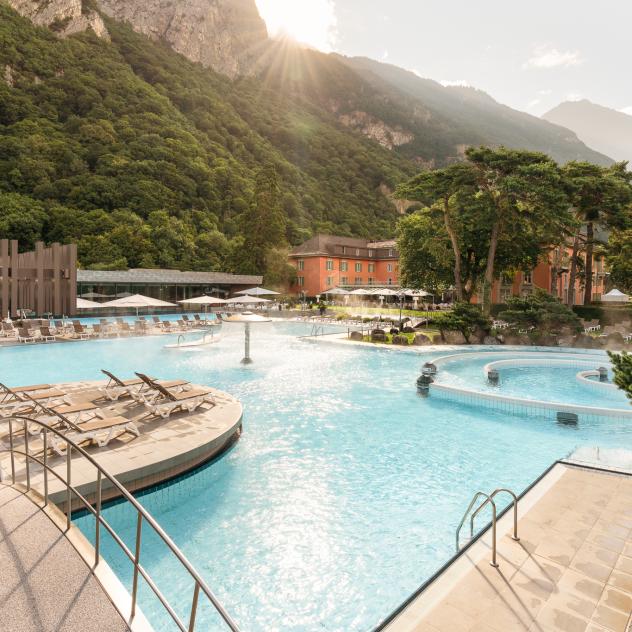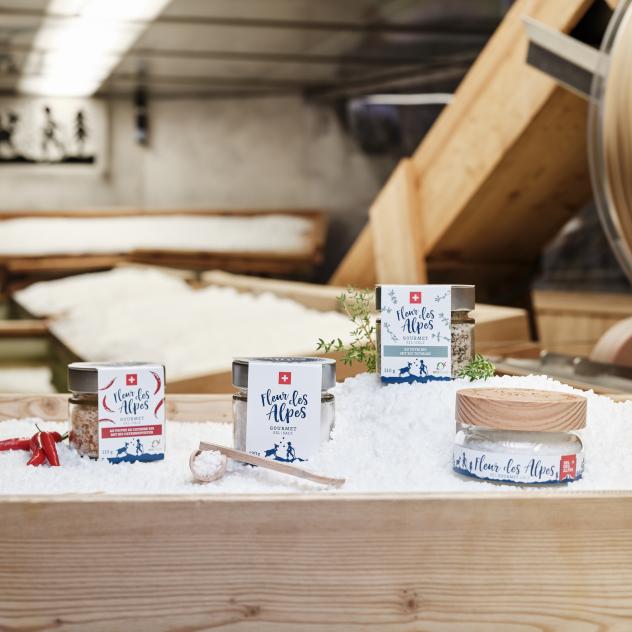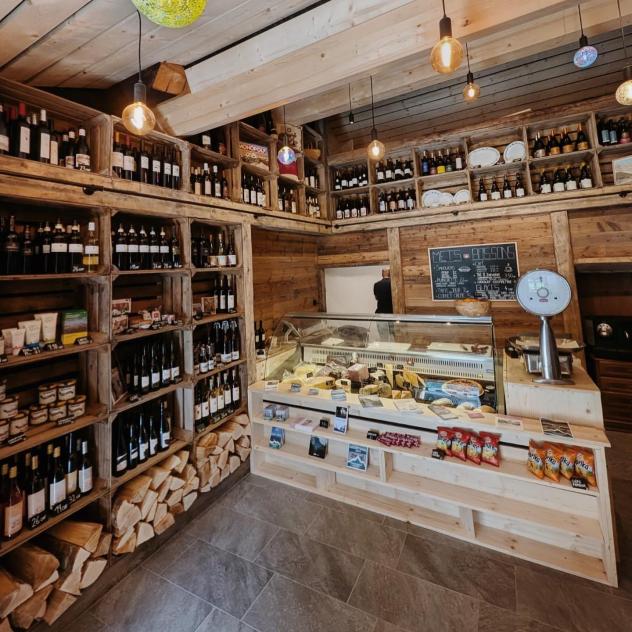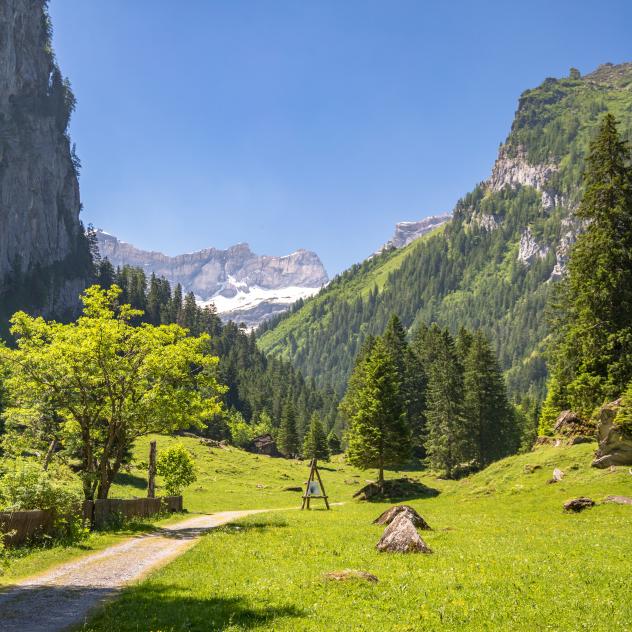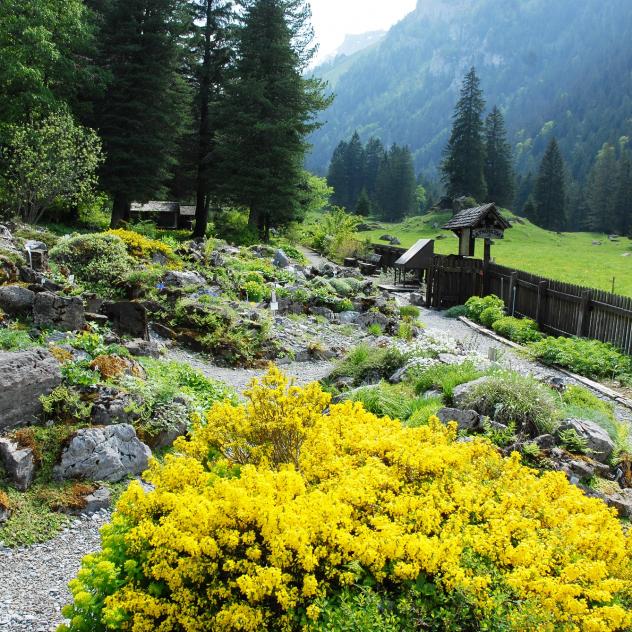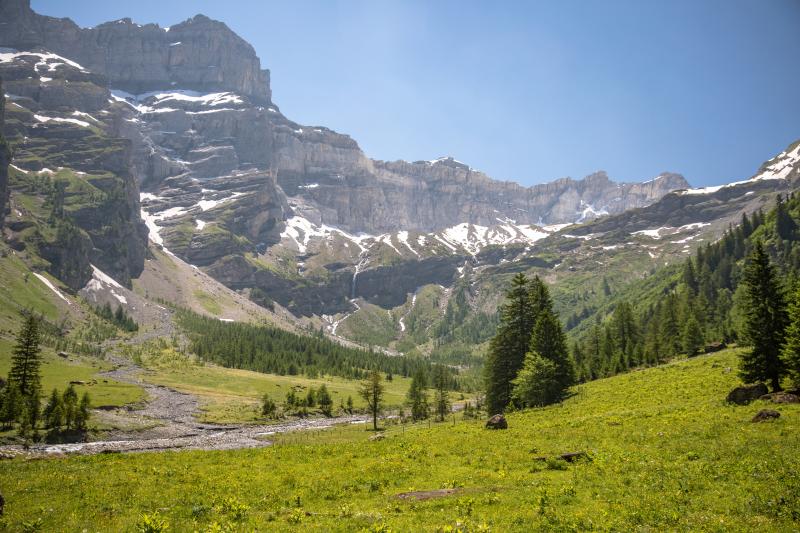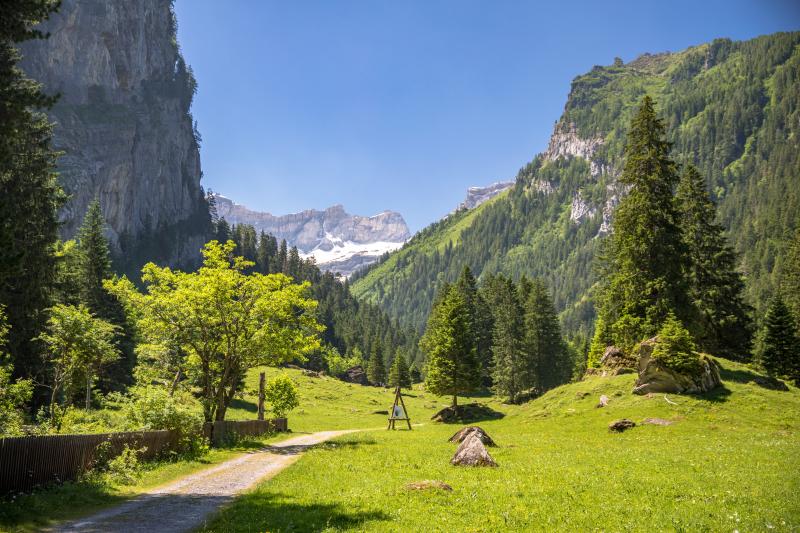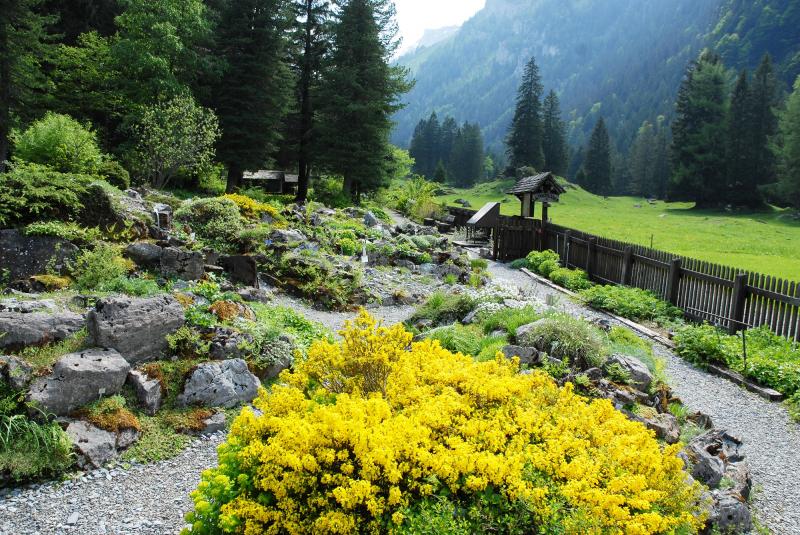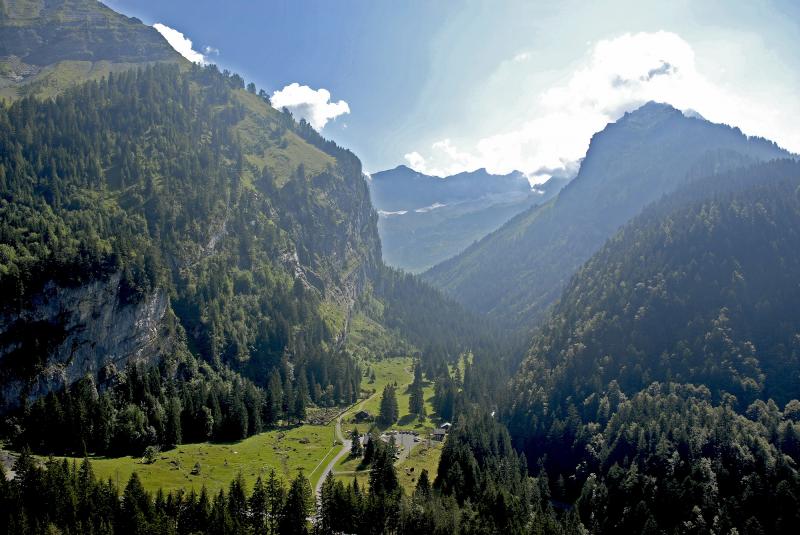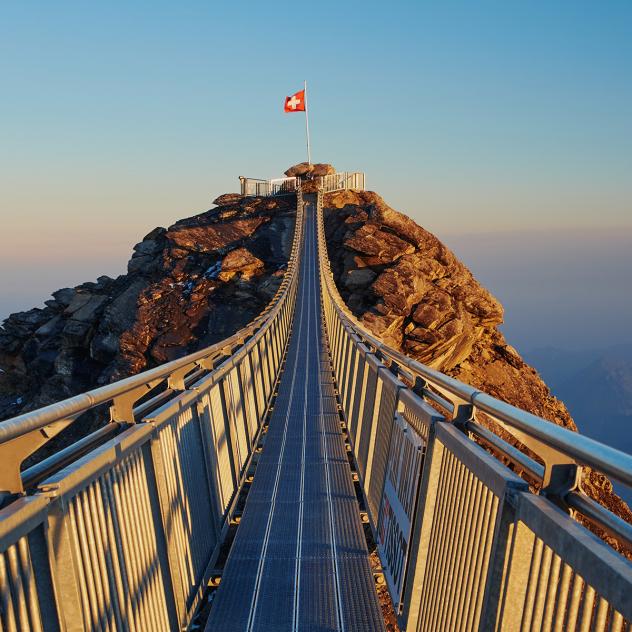
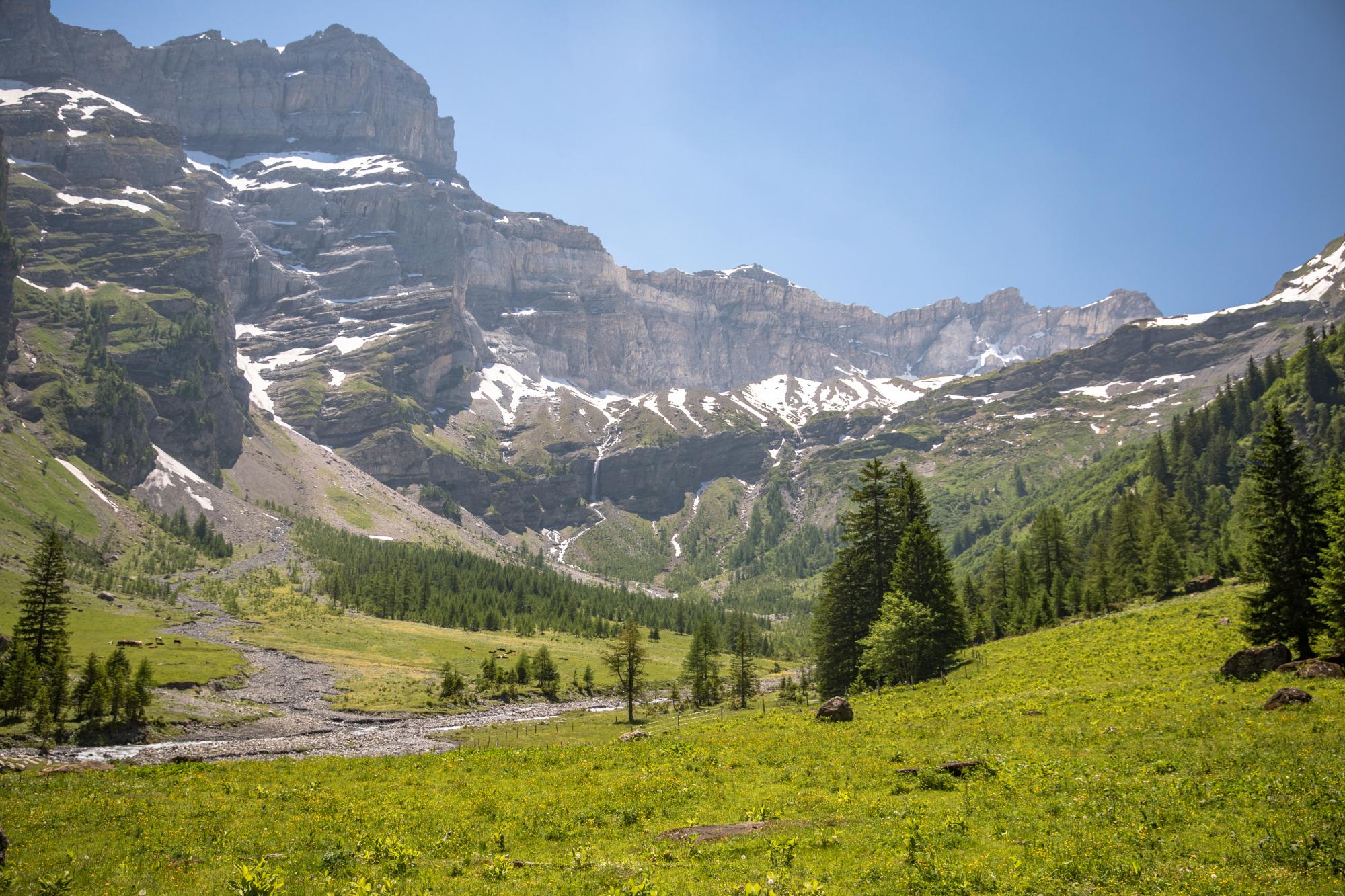
arrow_backBack
History of the landscape of Vallon de Nant
Contact information
place
Office du Tourisme de Bex
Avenue de la Gare 68
1880 Bex
Overview
In the beginning, there was a glacier. High up in the valley of Nant, there is a glacier coming down to under 2300 m: how did it manage to survive at an altitude from which all its ice cousins retracted?
IN THE BEGINNING, THERE WAS A GLACIER.
High up in the valley of Nant, there is a glacier coming down to under 2300 m: how did it manage to survive at an altitude from which all its ice cousins retracted?
The Martinets Glacier owns its survival to its location: it spreads in the shade of three 400-metre long rock faces. This means that it lies almost continuously out of the sun.
Glaciers usually have their ice reservoir upstream and travel downstream. The Martinets Glacier, oddly, follows its own path. Its ice reservoirs are to be found along its shaded side and the glacier runs to one side, away from the rock faces.
PROFUSE WATERING
The glacier also benefits from heavy rains in the valley with an annual rainfall of 2000mm (rain or snow) at this altitude. (In comparison, the average yearly rainfall in Aigle is of 1000mm, and is of 600 mm in Sion)
Thanks to the gigantic moraines left behind, it is possible to trace the evolution of the Martinets Glacier: slow retreat in stages with a few short surges.
The main stages of the evolution of the glacier, reconstituted from the measurement of the moraine ridges on the terrain (dotted lines)
The question marks (?) show hypothetical limits
1 and 2: end of the last glaciation
3 to 5: various 19th century stages
6: 1910 and 2000 glacial surges
The gigantic entangled moronic walls. The glacier can be seen in the background, at the foot of the walls.
The force of living water
Water does not only spring from glaciers: during the thaw, heavy rainfalls or storms, it flows impetuously down, cutting gullies and carrying stones to the bottom of the valley.
Cones in construction
Once at the bottom of the slope, water loses its energy and leaves rock debris. As water regularly changes its path, high cones come into existence everywhere at the bottom of the valley.
The most imposing cones are located on the right bank, above the pasture of Nant. They are thousands of years old! The main one is called “ The Cone of the Larzettes” (larze in local dialect) because of the larch forest that covers it. It is so covered because the stream, going around the cone, has stopped damaging it.
Movers in action
The stream endlessly carries pebbles, sand and silt. When the water flow is powerful, it can even transport rocks!
Listen: you can hear the continuous noise of the water, working its way through rock, and shifting large masses of stone.
Thanks to the Martinets Glacier, the Avançon of Nant abundantly flows, even at the end of the summer. It is, however, during the thaw, between April and June, that it is the most impressive. Unfortunately, due to global warming, the quantity of snow diminishes and melts earlier.
GREEN WATER
Water is everywhere in the valley: not only in glaciers and streams but also in the luxuriant greenery of this unspoilt area.
Follow the path up to the pasture of Nant. Walking along forests, pastures, cones and screes, you can see the richness of the local flora and its capacity to take over this immense terrain variety, inherited from geology, glaciers and streams.
A MYSTERIOUS SIGNATURE CARVED IN THE ROCK
Eugène Rambert (poet and essayist), Jean Muret (MP and botanist), Juste Olivier (theologian and novelist) were famous Vaudois. All three taught at the Academy of Lausanne. They spent hours roaming these mountains and described them with precision and passion.
Alpine poetry
Eugène Rambert (1830-1886), famous for his tales and sketches of the Swiss Alps, earned respect for his tremendous knowledge of the mountains. He was interested in everything: animals, plants, minerals, clouds, and streams. He was also an experienced alpinist and founded the Swiss Alpine Club in1863.
Juste Olivier (1807-1876) is known for his mountain poems and short stories and also for his history of the Canton de Vaud. According to Charles-Ferdinand Ramuz, Juste Oliver is the only true classical writer from the canton.
These two poets were very fond of the Vaudois Alps and meticulously described them with much care and precision, often at the expense of their picturesque aspect. They were geologists, historians, poets, sociologists and philosophers at the same time.
From herbarium to botanical gardens
Jean Muret (1799-1877), doctor of laws, judge and Vaudois MP, resigned from all his positions in 1862 to devote his time to botany. Working away in the mountainous cirque of the Muverans, he established a herbarium, still regarded as the most comprehensive and authentic work of this kind. The authorities of the Canton of Vaud used it as a base to constitute its official herbarium.
The Swiss Society of Natural History, of which he was a member, then carved his name, next to the names of Juste Oliver and Eugene Rambert, in the rock.
Practical information
Location
Links
Getting to Bex
Car parks and transport
Brochures and maps
Practical information
- location_on
Office du Tourisme de Bex
Avenue de la Gare 68
1880 Bex
- phone_in_talk
+41 24 463 30 80
- mail
info@bex-tourisme.ch
Facebook
Instagram

